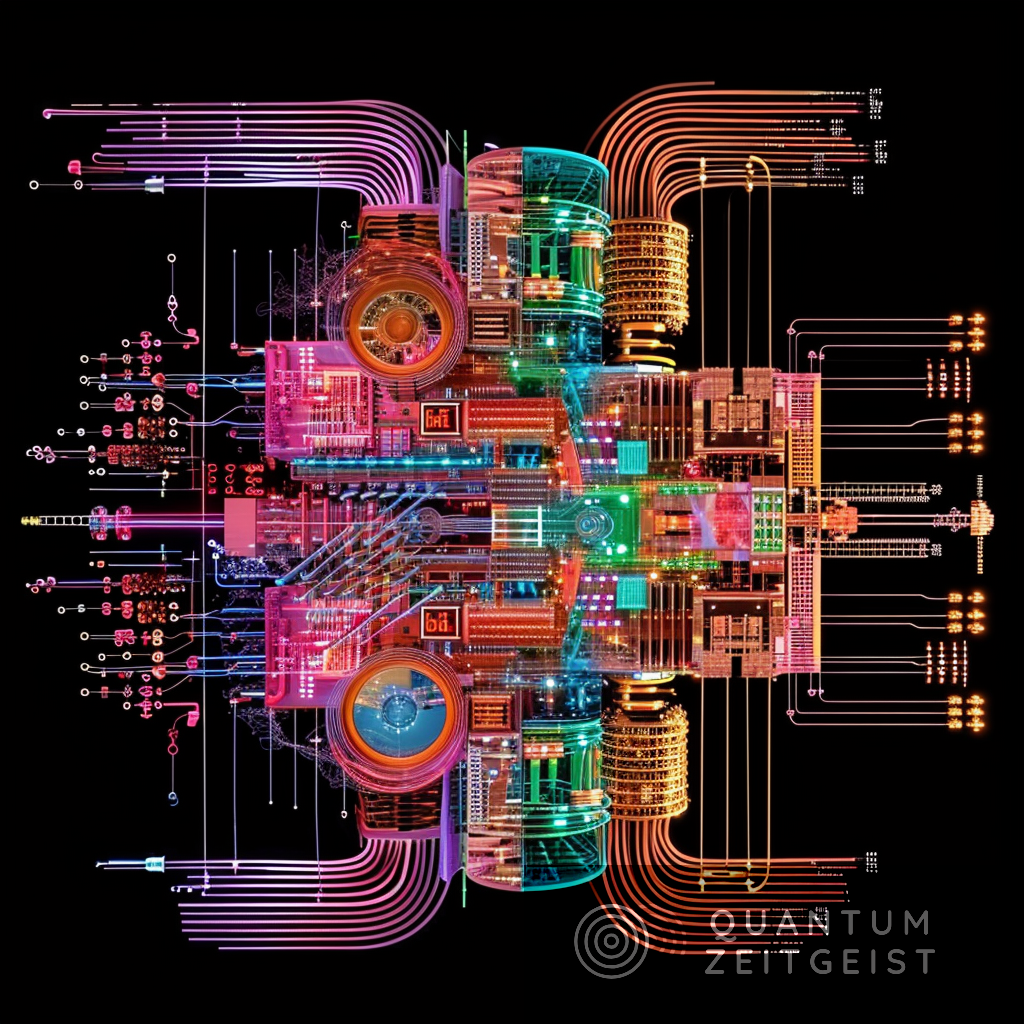Researchers from various institutions, including the University of Illinois and Harvard University, have developed ShadowQPT, a classical shadow method for quantum process tomography (QPT). This tool stochastically reconstructs the Choi matrix of a quantum device, allowing for a posteriori classical evaluation of the device. The team also developed additional approximations and improvements to enhance the accuracy of recovering the quantum channel. They implemented ShadowQPT on the IonQ trapped ion quantum computer for quantum processes up to n=4 qubits, demonstrating its effectiveness and scalability. This development is crucial for characterizing the dynamics of quantum devices.
Quantum Process Tomography and Classical Shadows
Quantum process tomography (QPT) is a powerful tool for understanding quantum channels and characterizing the properties of quantum devices. Researchers Ryan Levy, Di Luo, and Bryan K Clark from the Institute for Condensed Matter Theory, IQUIST, NCSA Center for Artificial Intelligence Innovation, Department of Physics at the University of Illinois, Center for Computational Quantum Physics at the Flatiron Institute, the NSF AI Institute for Artificial Intelligence and Fundamental Interactions, Center for Theoretical Physics at the Massachusetts Institute of Technology, and Department of Physics at Harvard University have developed ShadowQPT, a classical shadow method for quantum process tomography.
ShadowQPT and Quantum Devices
ShadowQPT stochastically reconstructs the Choi matrix of the device, allowing for a posteriori classical evaluation of the device on arbitrary inputs with respect to arbitrary outputs. Using shadows, the researchers show how to compute overlaps, generate all k-weight reduced processes, and perform reconstruction via Hamiltonian learning. These tasks are efficient for large systems as the number of quantum measurements needed scales only logarithmically with the number of qubits.
Improvements and Approximations in ShadowQPT
The researchers developed a number of additional approximations and improvements, including the use of a pair-factorized Clifford shadow and a series of post-processing techniques that significantly enhance the accuracy for recovering the quantum channel. They implemented ShadowQPT using both Pauli and Clifford measurements on the IonQ trapped ion quantum computer for quantum processes up to n=4 qubits and achieved good performance.
Quantum Technologies and Quantum Process Tomography
Quantum technologies have been developing rapidly in recent years. Quantum devices are used for various applications such as quantum metrology, quantum teleportation, and quantum simulation. One important task in the development of near-term quantum devices is their characterization. For noisy intermediate-scale quantum (NISQ) technology, a first step to characterization is to use quantum state tomography (QST), which attempts to characterize the output state of the quantum circuit. A next crucial step, quantum process tomography (QPT), characterizes not just one output state but the entire quantum dynamics of the device.
Theoretical Analysis of ShadowQPT
In their work, the researchers proved two theorems related to the effectiveness of ShadowQPT. Theorem II.2 bounds the amount of ShadowQPT data needed to compute the overlap between any target density matrix σ with the output of the measured quantum process on any input ρ. Theorem II.1 discusses the complexity of process matrix tomography. They also showed Corollary cor1, which describes the sample complexity scaling of applying ShadowQPT to Hamiltonian learning, which is logarithmic in system size.
Implementation and Results of ShadowQPT
The researchers implemented their algorithms on IonQ quantum computers for both unitary and nonunitary process tomography on n=2,3,4 qubit systems. They benchmarked the process matrix construction and tested predicting the overlap for pairs of input and output pure states and compared to direct measurement outcomes. They also numerically simulated Hamiltonian learning and reconstructed a random one-dimensional (1D) Ising model using ShadowQPT, showing efficient scalability with system size.
“Classical shadows for quantum process tomography on near-term quantum computers” is an article authored by Ryan Levy, Di Luo, and Bryan K. Clark, published on January 10, 2024. The article explores the application of classical shadows in quantum process tomography, specifically focusing on near-term quantum computers. The full article can be accessed via its DOI reference: https://doi.org/10.1103/physrevresearch.6.013029.

